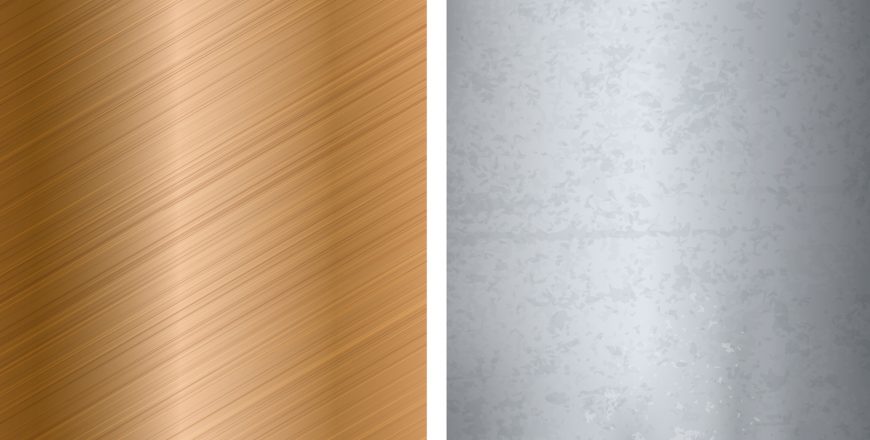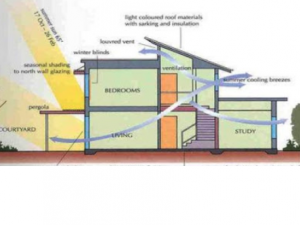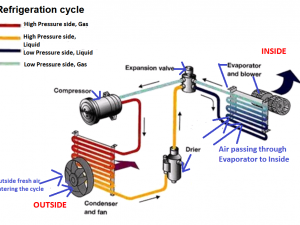Non Ferrous Metals
In this course you will learn about Non Ferrous Metals - Aluminum and Copper.
Instructor
admin
- Description
- Curriculum
- Reviews

Introduction to Aluminum
- Symbol Al and atomic number 13.
- Aluminum occurs in abundance on the surface of the earth.
- Aluminum makes up about 8% of the Earth’s crust.
- It is available in various forms such as oxide, sulphates, silicates, phosphates etc.
- Mostly it is commercially produced mainly from bauxite.
- Aluminum is remarkable for the metals low density and for its ability to resist corrosion due to the phenomenon of “Passivation”.
Introduction to Copper
- Copper was first used as early as 10,000 years ago. A copper pendant from about 8700 B.C. was found in what is now northern Iraq.
- In about 3000 B.C. , large deposits of copper ore were found on the island of Cyprus in the Mediterranean Sea.
- When the Romans conquered Cyprus, they gave the metal the Latin name aes cyprium, which was often shortened to cyprium.
- Later this was corrupted to cuprum, from which the English word copper and the chemical symbol Cu are derived.
- Copper is a chemical element with symbol Cu (from Latin: cuprum) and atomic number 29.
- Copper is found as native metal and in minerals ie. cuprite, azurite, chalcopyrite and bornite.
- The most common sulfide ore is chalcopyrite, CuFeS 2 , also known as copper pyrite or yellow copper ore. Chalcocite, Cu 2 S, is another sulfide ore.
Please, login to leave a review




